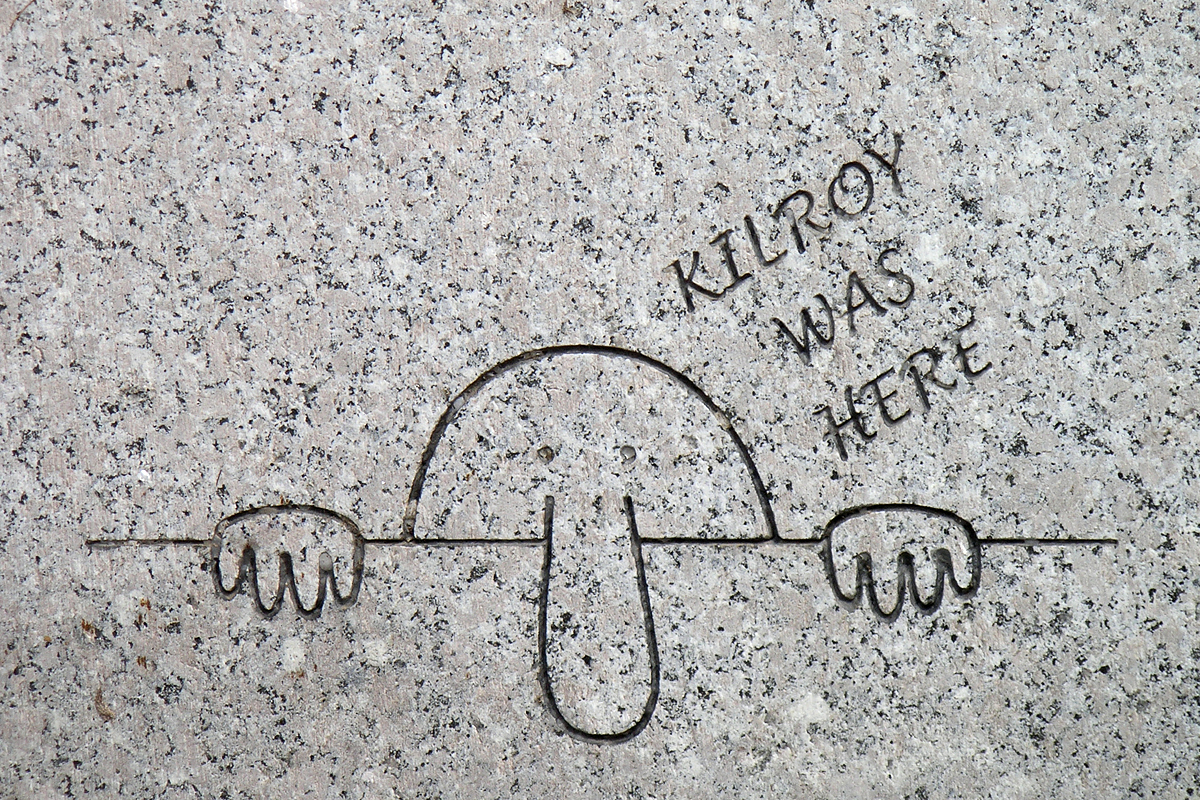
Imperial Russian Thunderbolts over the frontlines of the Eastern Front ca 1943
This is from my Timeline 191 mod for DH.


What happened to the image?
An iceberg chart of the Mysteries, Little Known Facts, and Myths of the Second Great War.
The image is missing.Bavarian Fried Chickens most famous meal the iconic Deluxe Meal of 6 pieces Schnitzel style with fries and a drink.
Bavarian Fried Chicken was founded by Heinrich Himmler, an a chicken breeder and entrepreneur who began selling fried chicken from his roadside restaurant in Munich Germany, during the Great Depression.


An iceberg chart of the Mysteries, Little Known Facts, and Myths of the Second Great War.
Link must've been busted, so I refresh it for you.What happened to the image?
Thanks, it works nowLink must've been busted, so I refresh it for you.
Decided to do something different for the iceburg entry...
An iceberg chart of the Mysteries, Little Known Facts, and Myths of the Second Great War.

Would’ve voted for this guy in a heartbeat.View attachment 892429
James Farley campaiging for President in 1940.
Farley was the campaign manager of Al Smith's New York gubernatorial 1922 campaign and his 1936 Presidential campaign, and he would go on to be the campaign manager for Franklin Delano Roosevelt's gubernatorial campaign in 1932. Farley decided to run against Smith in 1940 due to his disagreement with the Richmond Agreement. Unfortunately, due to him running late into the Socialist primary, and the Richmond Agreement being well received at the time, Farely lost the primary election.
Some of the members I could see cooperating with the British reoccupationView attachment 893810
Logo for the Army Comrades Association, otherwise known as the Blueshirts, an actionist organization in Ireland in the interwar era.
The Blueshirts were established in 1932, following the Great Depression going global. The party didn't gain much ground due to the Silvershirts in Britain being elected and Ireland not being affected by the Depression much. In 1935, the party was dissolved. Some former members went on to fight for the Spanish monarchists in the Spanish Civil War and formed extremist Irish resistance movements during the British invasion and occupation of Ireland during the Second Great War.
Some of the members I could see cooperating with the British reoccupation
Respectfully if not for the political affiliations that would make a fine coat of arms for a pubView attachment 893810
Logo for the Army Comrades Association, otherwise known as the Blueshirts, an actionist organization in Ireland in the interwar era.
The Blueshirts were established in 1932, following the Great Depression going global. The party didn't gain much ground due to the Silvershirts in Britain being elected and Ireland not being affected by the Depression much. In 1935, the party was dissolved. Some former members went on to fight for the Spanish monarchists in the Spanish Civil War and formed extremist Irish resistance movements during the British invasion and occupation of Ireland during the Second Great War.
Is there an Equivalent to the Night of the Long Knives in Featherstons CSA?

ThanksThis
December Plot
The December Plot was an attempt made by Confederate States Vice President Willy Knight in December 1938 to murder President Jake Featherston and take power himself. Knight was angry at Featherston for the constitutional amendment that removed the ban on presidents running for more terms; he had...turtledove.fandom.com